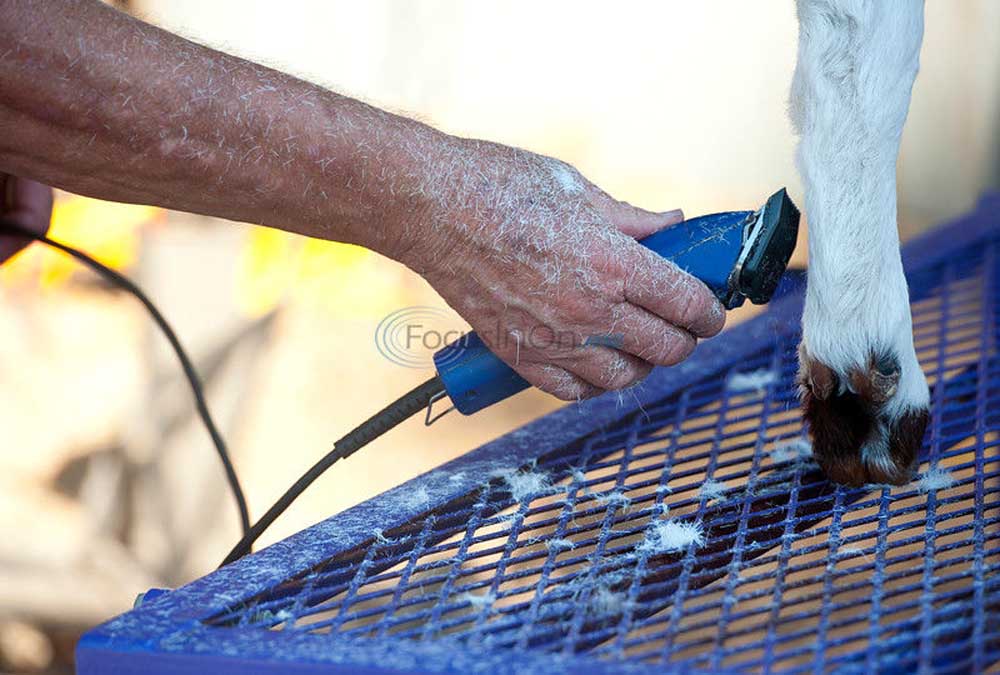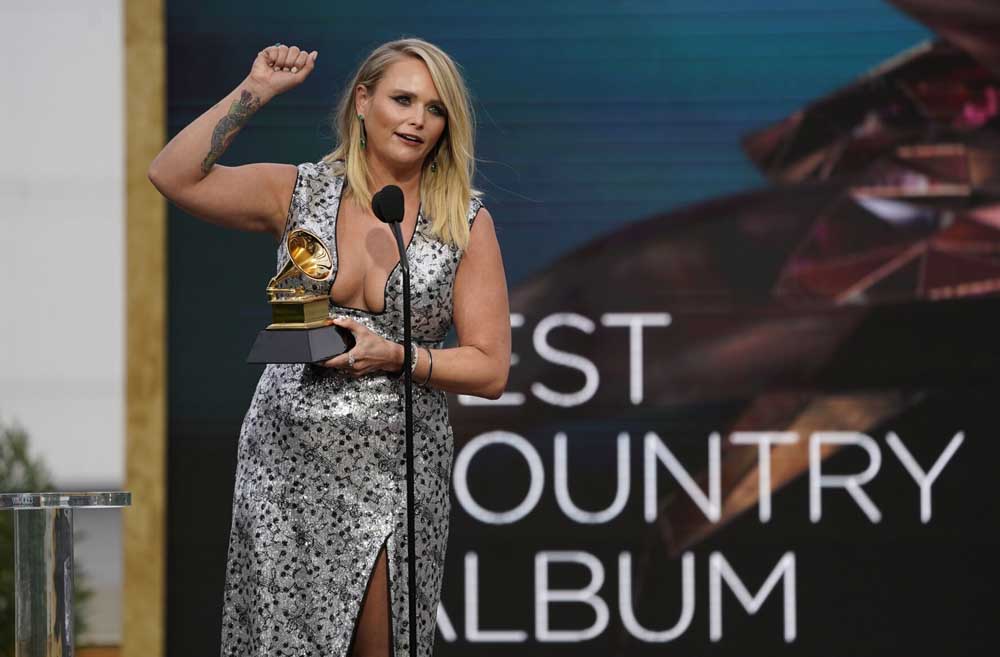Showing goats at Fair makes them more valuable
Published 10:26 pm Thursday, September 25, 2014

- photo by Sarah A. Miller/Tyler Morning Telegraph Ed Russell of Farmersville, Texas shaves the excess fur from his goat's hind legs Wednesday Sept. 24, 2014 at the East Texas State Fair in Tyler. The Open Boer Goat Show and Open Beefalo Show was held Thursday in Tyler. Several goat owners prepared their goats the night before the show by giving them a haircut and shampoo, trimming their hooves and polishing their horns. "You just smooth up the rough spots," Russell said.
Miss Cool, a 4-year-old Boer goat, is just that … laid back (and) cool, her owner Sharon Furlow said.
It’s hard to dispute the animal’s timid demeanor as she stands inside her sawdust-laden pen, munching on feed pellets and the occasional animal cracker.
Trending
Miss Cool is one of four Boer goats Ms. Furlow brought from Daystar Ranch in Warren to show at the East Texas State Fair. The doe is among about 60 Boers being shown at the fair on Thursday.
“They’re spoiled goats,” she said holding a bag of animal crackers, their favorite treat.
Ms. Furlow said showing livestock is making the animals more valuable. A show-worthy Boer can fetch about $4,000 and up, she said. Show wins and recognition means money and increasing their operation’s visibility within the breed.
Boers originated in South Africa for commercial meat and were imported to the U.S. in 1993. The Boer goat commonly exhibits a white body and red head. Their fast growth rate, high fertility and docile nature lends well to their introduction for the commercial goat meat market, according to the American Boer Goat Association.
The Furlows keep show-quality stock and sell the rest, but the mention of her show goats going to slaughter garners a staggered gaze.
“When they get a name you don’t butcher them,” Ms. Furlow said.
Trending
Ms. Furlow’s description of her four goats, their individual personalities, the way they play, their loving interaction with children and grandchildren would typically conjure visions of a pet Golden Retriever.
According to Ms. Furlow, “there is nothing in the world cuter” than a baby Boer.
“They bond with people,” she said. “They’re not just tin can eating goats at all.”
Denise Weaver, the fair’s livestock director, said competitors come from all across the state and many junior class participants are Future Farmers of America and 4H members from local schools.
They compete for blue, red and white ribbons, cash prizes and increasing the value of the show animal, its bloodlines and the owner’s overall operations.
There are no shows today, but Ms. Weaver said the livestock barns will be busy this afternoon as longhorns, dairy heifers, lambs and goats arrive.
A 9 a.m. lamb and dairy show kicks off Saturday events with longhorns following at 10 a.m., Herefords at 1 p.m., Limousins at 3 p.m. and non-haltered longhorns at 6 p.m.
John Sykes, president and CEO of the East Texas State Fair, said livestock shows and agriculture remain a core part of the fair. Surveys put food as the No. 1 draw, he said, but the livestock shows come in second among visitors, before carnival rides and other attractions.
“These days, when are kids around a cow?” he asked. “They see them across the fence, but here they can walk into the barn and smell the smells and see them up close. It’s an experience.”






